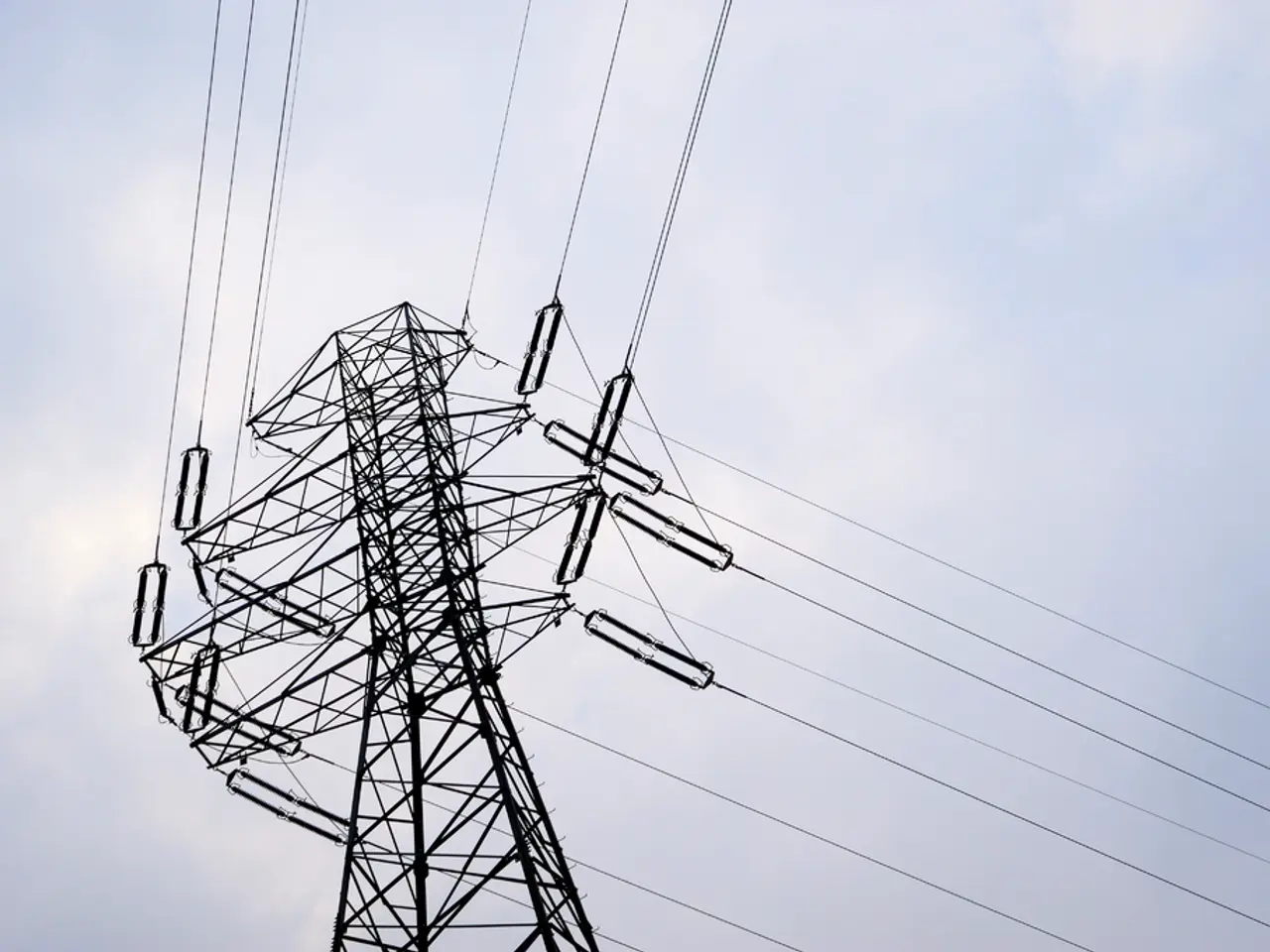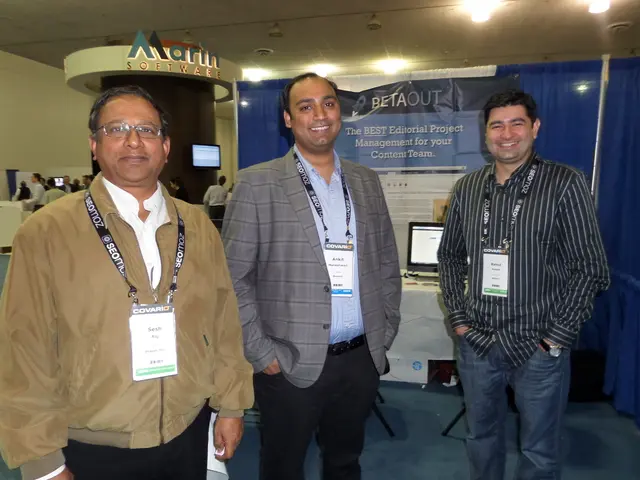Transmitted Data Via Video Cable Using TEMPEST-LoRa Technology
A groundbreaking new hacking technique called TEMPEST-LoRa has been developed by researchers Xieyang Sun and their team, which encodes LoRa packets into video files for covert communication. This innovative method leverages the electromagnetic radiation (EMR) emitted from video cables, such as VGA or HDMI, to transmit data undetected.
The technique works by creating a specially-constructed video file containing the information to be broadcast as LoRa signals. When this video plays fullscreen at a resolution of 1080×1920@60Hz, the graphics card modulates the EM emissions from the video cable, effectively transforming the video cable into an antenna. On the receiving end, any standard off-the-shelf LoRa module can pick up the signals, interpreting them as normal LoRa packets.
This method allows covert communication even when the display is turned off, making it suitable for air-gapped systems where traditional network connections are unavailable or monitored. In practical tests, TEMPEST-LoRa achieved a maximum transmission distance of up to 81.7 meters with a data rate of 21.6 kbps. The signal can penetrate thick concrete walls, making it effective for long-range covert communication with operational LoRa devices deployed in various locations.
The TEMPEST-LoRa code is available on GitHub under an MIT license for academic use. The researchers have also noted that the use of non-traditional transmission methods in hacking continues to evolve and pose new security challenges. For instance, researchers have used ethernet cables as antennas for hacking purposes, and the once-ubiquitous HDD light has been employed in hacking methods.
To address these security concerns, researchers have been wrapping ferrites around cables to shield them from electromagnetic interference. The absence of case components, such as HDD lights, may have unintended security implications, and their significance is being recognised and addressed.
The TEMPEST-LoRa technique has been accepted to the ACM Conference on Computer and Communications Security in 2025, which will take place in Taiwan. A demo video of TEMPEST-LoRa is available on bilbili, although it cannot be easily embedded. The researchers emphasise that the code is provided for academic use and encourage further research to better understand and mitigate the security risks associated with such innovative yet potentially dangerous techniques.
The TEMPEST-LoRa technique, which encodes data for covert communication using electromagnetic radiation from video cables, can be considered a significant advancement in data-and-cloud-computing and cybersecurity, given its ability to bypass traditional network connections and transmit data undetected. This innovative technology poses new security challenges, as it allows for covert communication even in air-gapped systems, and could potentially be adapted for hacking purposes, similar to the use of ethernet cables or HDD lights as antennas in the past.




